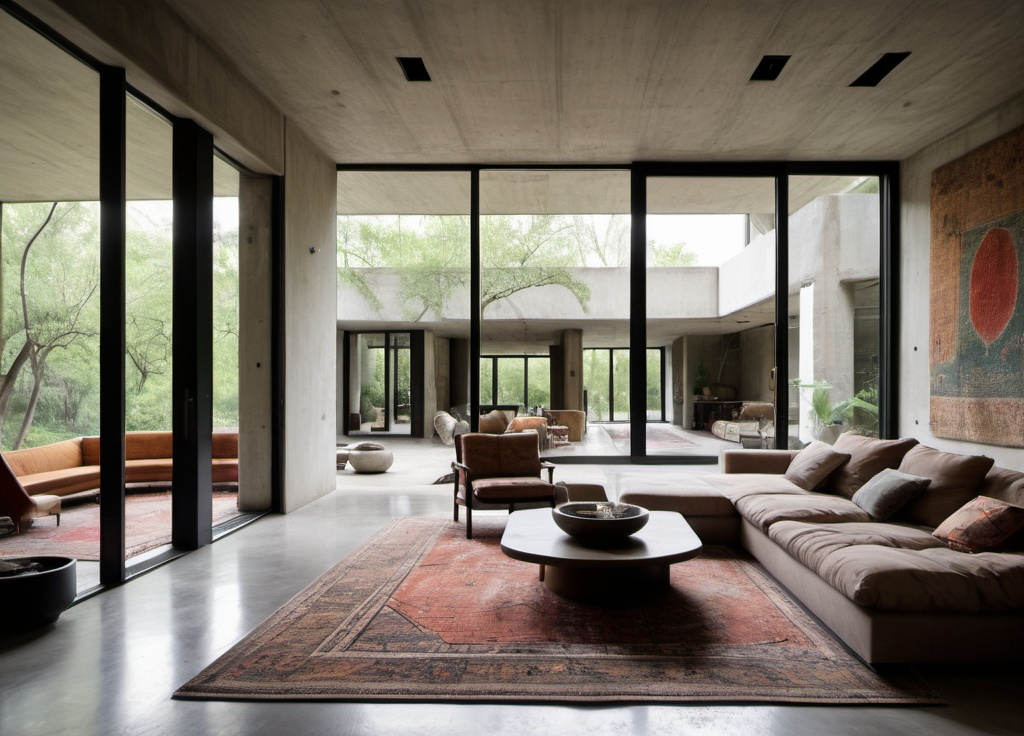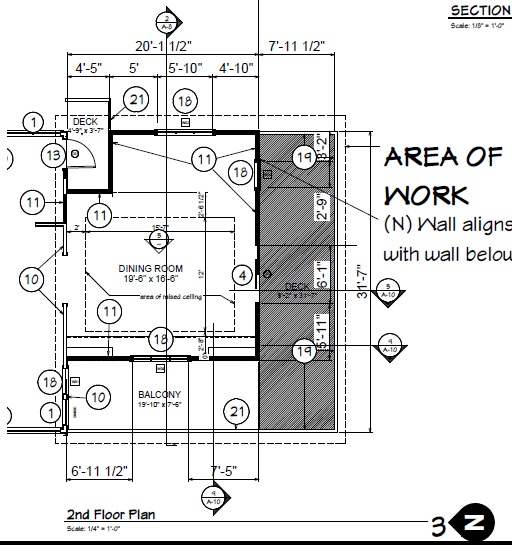I am one of those people who wants the latest and greatest gadgets.
If it promises to make my life easier, or more productive, or more efficient, I’ll give it a try.
AI is the latest and greatest for almost every profession and business.
AI is going to change the nature of what we do and how we do it. The technology is changing and developing so rapidly, that we really don’t know how our work lives will change.
I’ve attended two different conferences about AI, what it can do now, what it will be able to do in the next 12-18 months, and it is mind boggling where this tech is headed.
In an effort to “keep up”, and not get left behind, In addition to using ChatGPT, I have also subscribed to three different AI apps. (Maket.ai, OpenArt.ai, and Leonardo.ai) I am also keeping my eyes open for apps that are more architecture centric and and business centric. Frankly, as a solo practitioner, if an AI app can help me do something more quickly, or even automate some tasks, I’m all for it..
In the last 10 days or so, I have been playing with the 2 image generation apps that I subscribe to (OpenArt.ai and Leonardo.ai). Both do similar things for similar pricing, but give slightly different results.
In order to learn how to write the prompts, I started out just trying to generate images of buildings. These are some that I generated in OpenArt after I’d experimented with how to structure the written prompts.


These experiments gave me some hope that I could incorporate AI image generation into my design process. While we can’t design in AI – it is to random and words are not a great way to design a building – doing this kind of image generation with a client would be a good way to narrow down what clients mean when they use specific words to describe their preferred style. This will allow us to set a design direction earlier and with more accuracy.
It inspired me to dive further into what OpenArt can do. There is a function, called “image to image” where you can upload an image or a sketch, and ask AI to either render the sketch, or generate variations on the sketch.
So I opened up Concepts, a digital drawing app I use, and created a very crude sketch, seen here.

I uploaded that sketch into the OpenArt app and tinkered with the verbal prompts, and got AI to generate the following images.


What became apparent is that the original sketch needs to be more “finished” and accurate I need to adjust the settings to help the AI know that I want the image to be “exactly” like the original sketch and not to take too many liberties…unless what I am looking for is possible variations.
These experiments with the image to image generation give me a very real tool. I can use it to help me look at different potential variations on a design idea, some I might not have considered, in almost no time. Making that crude sketch, downloading it on to my computer, uploading it into the AI app, tinkering with the prompts and settings, and generating these and about a dozen other images, only took about 15 minutes.
Some clients have trouble converting lines on paper into images in their heads that they understand. Here AI could also be a tool I can use to convert my sketches, which can be abstract, into photo realistic renderings to give my clients a much better idea of what I am suggesting, much earlier in the design process.
Since I only started playing with AI in the last two weeks, I haven’t yet been able to use these techniques on a project. But I intend to use one or both of these AI tools in an upcoming project. On that project, I will be using this image to image technique, uploading sketches of potential solutions, and having AI both generate variations, and create photo realistic renders as well.
One of the other things you can do with the AI apps, is to upload a bunch of pictures of yourself, then have it create an image generation “model” that allows you to put your likeness into different situation, or depicted in different styles. I uploaded 5 photos of myself and was able to create the following “self portrait”. I kind of dig it!

While we don’t know how far AI will go, nor how deep and lasting the impact will be on our businesses and design work, AI is already no longer a toy, but a very useful tool that architects can integrate into their design process during pre-design and schematic design. With the right prompts and thoughtful application, the architect and client can use AI to set the design direction and explore options more fully with greater understanding on the part of both the architect and client.
How do you think AI will impact the profession of architecture?






